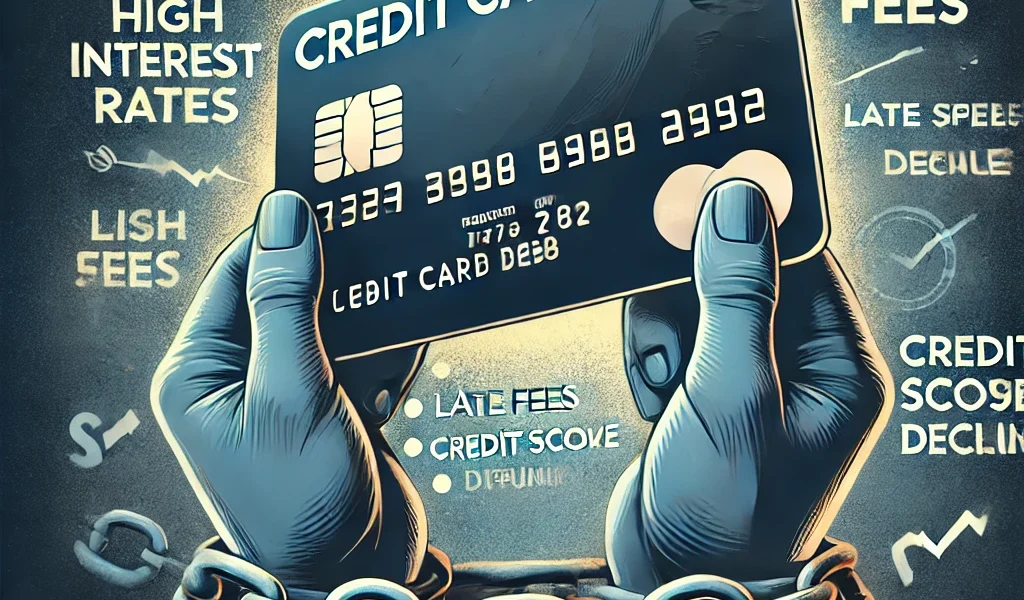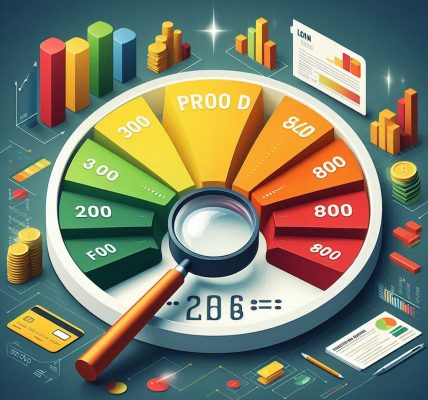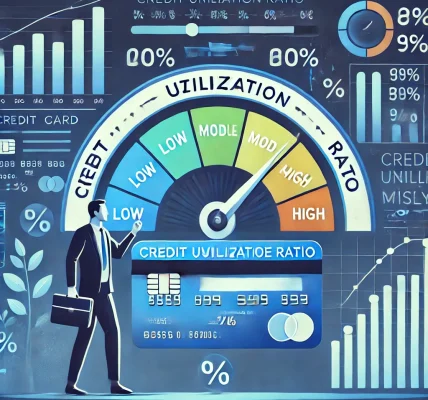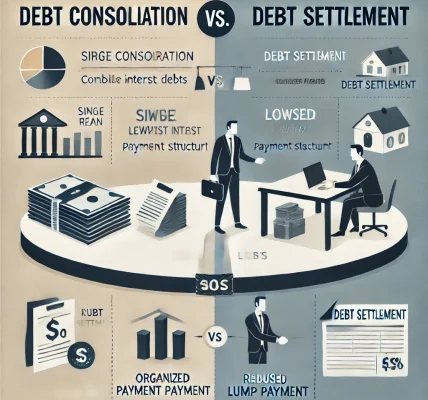Introduction
Credit cards offer convenience, rewards, and financial flexibility, but carrying a balance can come with serious hidden costs. Many cardholders only focus on the minimum payment and interest rates, overlooking the true long-term expenses of credit card debt.
In this guide, we’ll break down the hidden costs of carrying credit card debt and provide actionable strategies to help you avoid financial pitfalls and regain control over your money.
1. Interest Accumulation – The Silent Wealth Killer
One of the biggest hidden costs of credit card debt is the high-interest charges that compound over time. Many credit cards have annual percentage rates (APR) ranging from 15% to 30%, making even a small balance grow rapidly if only minimum payments are made.
Example:
- If you carry a $5,000 balance on a credit card with a 20% APR and only make minimum payments, it could take 20+ years to pay it off, and you could end up paying more than double the original balance in interest.
How to Avoid This:
✅ Pay more than the minimum balance. ✅ Look for 0% APR balance transfer cards to reduce interest costs. ✅ Prioritize paying off high-interest debt first.
2. Late Fees and Penalty APRs – The Cost of Forgetfulness
Missing a payment can result in late fees (typically $30-$40) and penalty APRs that can increase your interest rate to 29.99% or higher.
How to Avoid This:
✅ Set up automatic payments to cover at least the minimum amount due. ✅ Use calendar reminders or budgeting apps to track due dates. ✅ Contact your credit card issuer if you miss a payment—they may waive the fee if it’s your first offense.
3. Damage to Your Credit Score
Carrying a high balance on your credit card affects your credit utilization ratio, a key factor in your credit score. A high utilization ratio can lower your score, making it harder to qualify for loans, mortgages, and even rentals.
How to Protect Your Credit Score:
✅ Keep your credit utilization below 30% (ideally under 10%). ✅ Pay off balances in full each month when possible. ✅ Request a credit limit increase to improve your utilization ratio.
4. Increased Insurance Premiums
Did you know that a low credit score from high credit card debt can affect your car and home insurance rates? Insurers use credit-based insurance scores to determine risk, and a lower score can mean higher premiums.
How to Save Money on Insurance:
✅ Maintain a good credit score to qualify for lower insurance rates. ✅ Pay down credit card debt to improve your creditworthiness. ✅ Shop around for better insurance rates if your premiums increase.
5. Lost Financial Opportunities
The money spent on interest and fees is money you could have invested elsewhere. Carrying credit card debt can prevent you from:
- Investing in stocks or retirement accounts.
- Saving for a home or vacation.
- Starting a business.
How to Maximize Your Financial Growth:
✅ Pay off high-interest debt before focusing on investments. ✅ Create a debt repayment plan using the snowball or avalanche method. ✅ Set financial goals and allocate funds toward wealth-building opportunities.
6. Stress and Mental Health Impact
Debt-related stress is real and can lead to anxiety, depression, and relationship strain. The constant worry about making payments can take a serious toll on your well-being.
How to Reduce Debt-Related Stress:
✅ Create a realistic budget to manage your payments. ✅ Seek credit counseling if you feel overwhelmed. ✅ Practice self-care and focus on long-term financial stability.
7. Risk of Default and Collections
If you fall too far behind on payments, your credit card debt could be sent to collections, leading to:
- Aggressive collection calls and letters.
- Further damage to your credit score.
- Legal action, wage garnishment, or bank levies in severe cases.
How to Avoid Default:
✅ Contact your credit card issuer for a hardship program. ✅ Consider debt consolidation or negotiation if struggling. ✅ Stay proactive—don’t ignore debt collectors.
Conclusion: Take Control of Your Debt
Credit card debt may seem manageable at first, but the hidden costs can quickly add up. From high-interest charges and penalty fees to credit score damage and lost financial opportunities, carrying a balance can cost far more than you realize.
By taking proactive steps—paying more than the minimum, lowering credit utilization, and avoiding late payments—you can escape the debt cycle and achieve true financial freedom.
Legal Disclaimer: This article is for informational purposes only and does not constitute financial or legal advice. Always consult a financial expert before making credit-related decisions.




